What it’s Like to Be a Medical Professional in a Nursing Home During a Pandemic
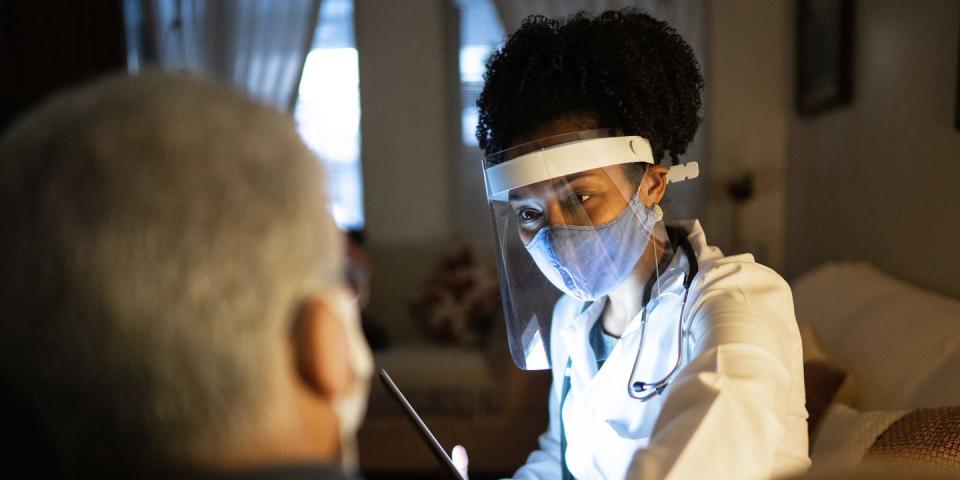
“All we were trying to do was stop the spread of the virus,” Kelly says. In her 20s, Kelly is an occupational therapist in a nursing home of approximately 300 residents in Staten Island, New York. From March, they created two COVID-19 units and during the peak of the virus, the nursing home was facing up to five deaths per day.
Kelly tells me, “Every time I turned on the TV, it seemed nursing homes were being vilified. There was so much ridicule, but no aid or solutions to the conflict we were facing. The residents didn’t go out -- the virus was brought to them. People on social media talked about residents as if they were meant to die as if they aren’t human beings too.” Inside the day-to-day of Kelly’s new normal, this is what it’s like to be a medical professional in a nursing home during a pandemic...
Kelly’s role as an occupational therapist changed drastically.
Working with both long term and short term patients, an occupational therapist treats injured, ill, or disabled patients through therapeutic practice of everyday activities. They help patients recover, improve and build skills to be independent for daily living and routine. In the last four months, Kelly had to take on additional residents as staff was dwindling -- the virus spread through the staff and some were scared to come into work. “To control the spread of COVID-19, patients were constantly being moved from one unit to another. To make this possible, all disciplines had to unite and move belongings, furniture, and patients regardless of what your role was,” she says.
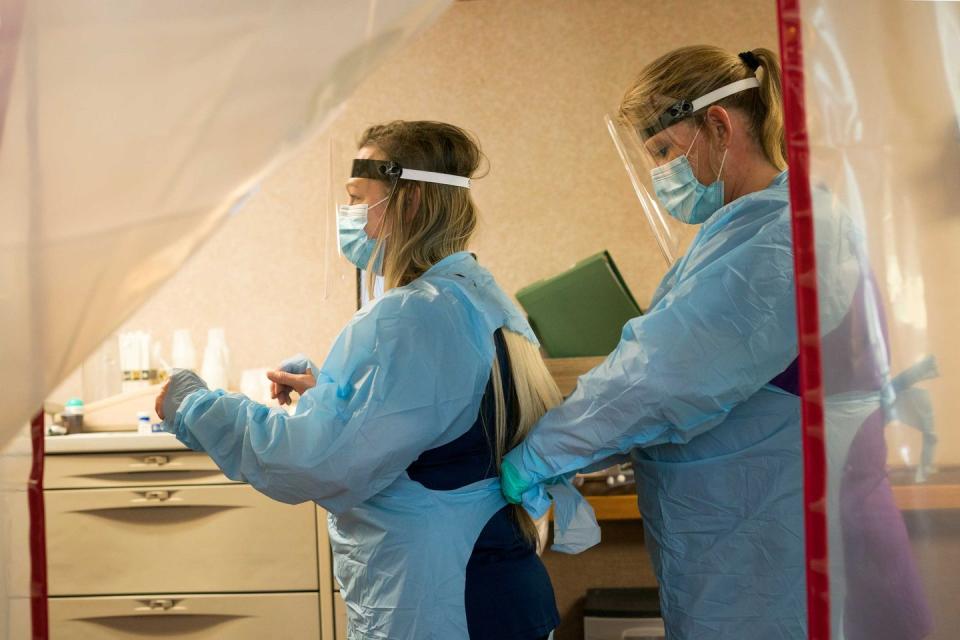
While Kelly’s role traditionally focuses on the physical state of the patient, she found herself using her time with them to mentally prepare them to face the virus. “I still saw my patients who had COVID-19, and I basically did everything I could to keep their spirits up. Some patients were scared, some were sad, and others were too fatigued to feel anything. I was scared for myself too, being in such close proximity to them which made the situation more challenging to do my job.”
The staff had to become their family.
To stop COVID-19 from being brought into the building, the facility went into lockdown. This meant no family members or vendors were allowed, which included dentists and podiatrists. While this was hard on families and residents, it was a necessary precaution during this uncertain time.
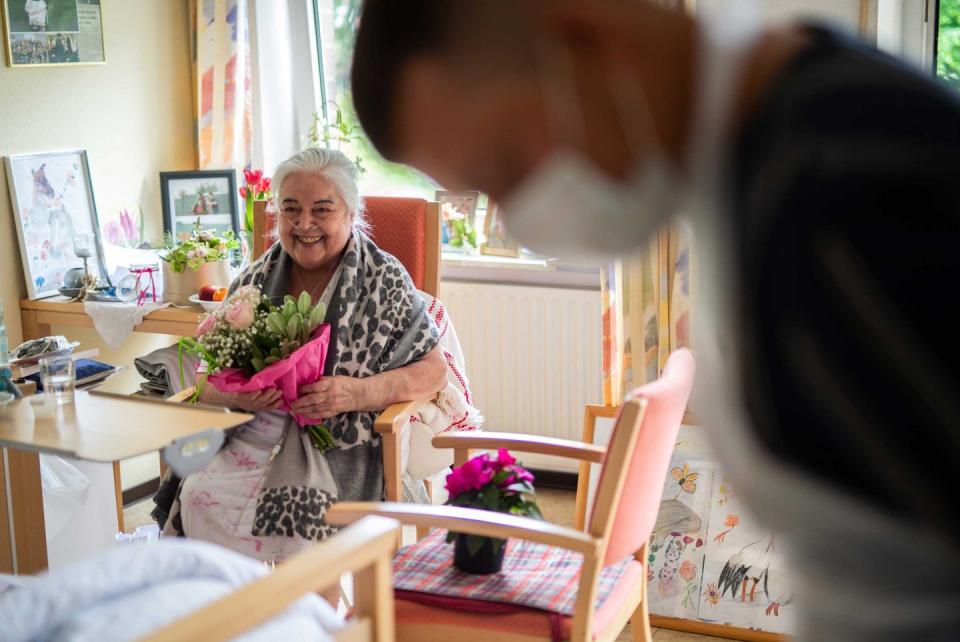
Kelly tells me, “I took it upon myself to stop by rooms to converse with patients. They aren’t random faces to me, they’re people that I’ve grown close with. Unfortunately, keeping them safe and healthy meant limiting their social interaction. The staff really had to spend that extra time and effort to comfort these patients who we have known for years. I’d hold their hand when they were scared telling them it will be alright, and when we couldn’t go into the room, I’d wave to them from the doorway.”
At the height of the pandemic, three to five residents died per day.
“Of course these people had pre-existing conditions, but if it was not for COVID-19 they wouldn't have died so soon. I knew many of these residents and it simply was not their time. People were thriving...laughing, playing games, making great progress with exercises before the pandemic. Short term patients who, for example had shoulder surgery, were transferred to us for rehab, and unfortunately would be exposed to the virus here and not always survive,” Kelly explains.
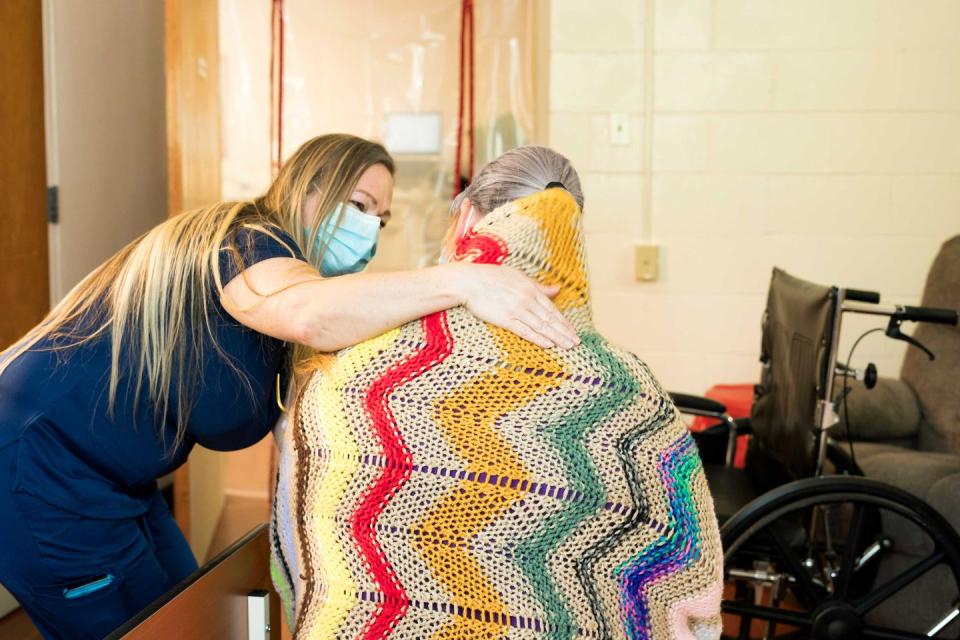
Infection control was being enforced as strictly as we could. Roommates were dying hours apart. During its peak, the virus was impossible to stop -- the staff had to work together in a way they hadn’t before. “Seeing patients I had developed connections with pass away made going to work extremely difficult. Especially when it was more than one per day,” she adds.
The nursing home depended on the community.
During the initial rise of cases, all residents were not able to get a Coronavirus test because there weren't enough swabs for everyone. Close to two months later, it was mandated that all staff and patients get tested, and they finally had access to testing that could have prevented deaths. Kelly adds, “The state came in and did an infection control survey. The state imposed regulations on us that were difficult to comply with due to lack of resources.”
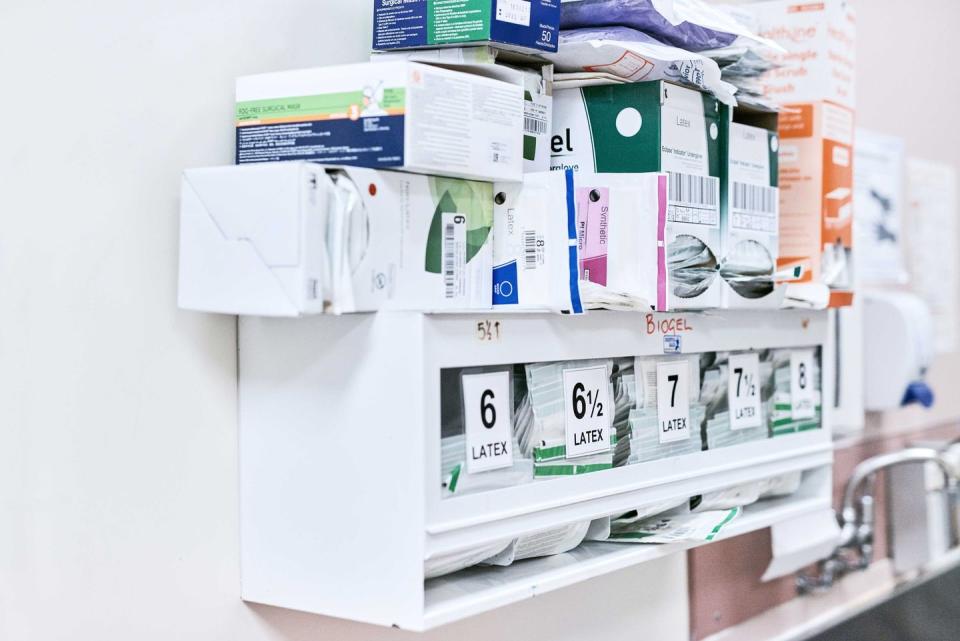
Kelly was expected to wear her same n95 mask for 1-2 weeks at a time. “The community really came together to provide us with food, masks, scrub caps, and more. It was beautiful to witness. The day we got face shields donated was one of the greatest days for me. It made me feel much safer. I never thought I’d value a mask so much. Continuously receiving boxes of supplies from the local community really lifted our spirits even on the hardest days,” she says.
Kelly feared bringing the virus home.
With Kelly’s job, she doesn’t just clock out and resume her personal life as normal. It didn’t end after her shift as she feared every single day that she was going to bring home the virus to her family. She wouldn’t eat or drink during her shift, wearing a n95 mask with a surgical mask over it, glasses, a shower cap or scrub cap, and a face shield.
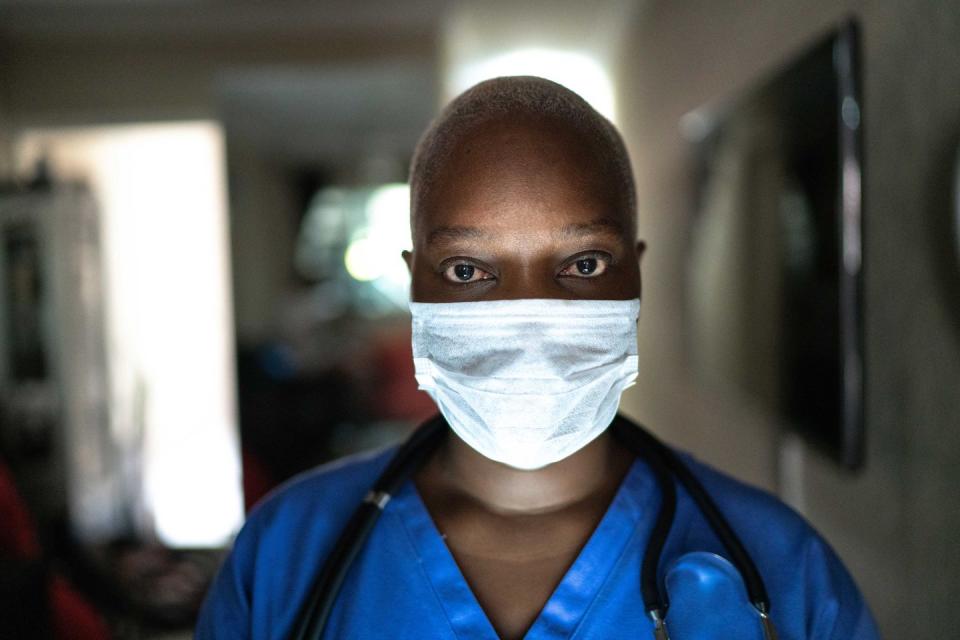
Kelly explains, “I lived in constant fear that I was going to bring home the virus to my parents. When I got home, I had to get changed in the garage before entering the house. Once I changed, I ran straight for the shower. I isolated myself to my room, where my mom would bring food to leave outside the door. Besides video calls, my social life has been nonexistent, but this virus isn’t a joke and needs to be taken very seriously.”
The last few months is not what the staff expected, but they rose to the occasion to help their patients in ways they didn’t imagine. While the nursing home is past the virus’ peak, the staff feels confident that they will be prepared and experienced if a second wave comes. Kelly leaves me with this, “Surprisingly, out of such disaster came unity. I witnessed firsthand how our staff and community came together to protect our elderly.”
You Might Also Like

